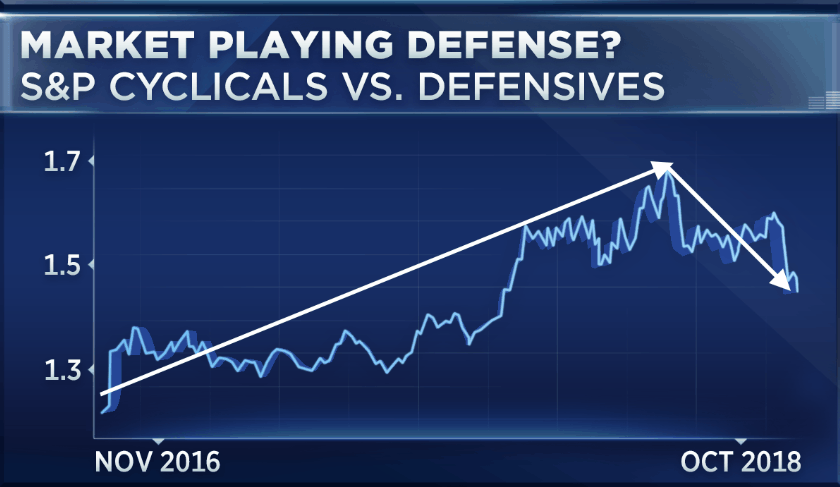
Banco de España, Spain’s central bank, is aligning with its European counterparts to introduce their customers to the possibilities of the digital euro, a central bank digital currency (CBDC).
In a move that signals the central bank’s proactive stance, a brief document was released on October 19, shedding light on the nature and utility of the European Union’s forthcoming central bank digital currency (CBDC).
The traditional form of physical cash, according to the central bank, falls short of allowing them to explore the advantages presented by the increasingly digitized economy and society. The digital euro would function as a universally accepted form of payment within the eurozone, similar to traditional banknotes and coins.
According to the document, the digital euro is poised to assume a pivotal role within the financial system, paving the way for the seamless integration of electronic payments into our daily financial transactions. The evolution promises to enhance the efficiency and convenience of monetary exchanges, marking a significant step forward in the broader landscape of digital finance.
Conversely, the underlying infrastructure facilitating electronic payments, encompassing machines, connections, and protocols, will stand as a fundamental pillar of our financial system. The Eurosystem, in its role, takes measures to ensure the robustness and availability of this critical foundation.
Digital Euro Envisioned as Key Pillar of European Financial Independence
Notably, in the document, the digital euro is envisioned to be based on public and European infrastructure. This strategic move will not only reinforce the European financial system but also promote greater independence from foreign alternatives, establishing a foundation for financial resilience and self-sufficiency.The document also stated the possibility of the digital euro having two modes: “offline” and “online.” The level of privacy will depend on the mode of usage. The level of privacy associated with offline payments with the digital euro is equivalent to cash. In the online scenario, the user experience aligns with today’s electronic payment practices.The short document also highlights that the central bank digital currency (CBDC), despite being the infrastructure provider, which is the Eurosystem, would not have access to individual user data in online transactions, which would only be visible to their financial institutions.The “preparation phase” of the digital euro project, which commenced on October 18, is expected to last over two years and focus on finalizing rules for the digital currency and selecting possible issuers. However, the final decision regarding the issuance of the pan-European CBDC is yet to be determined.
ECB and Other European States Working Towards Financial Convenience and Strengthened Europe
Furthermore, the European Central Bank (ECB) has launched a dedicated information page to enlighten the public about the digital euro’s potential benefits, promising an “easier life” and a “stronger Europe.”It would provide essential services such as account opening, fund loading, and payments, all in a user-friendly and cost-free manner, making it a seamless and accessible part of the modern financial landscape.The Bank of Finland (BOF) is also coordinating the creation of a Finnish instant payment solution compatible with European standards. They also expressed the same amicable sentiment toward the digital euro. A board member, Tuomas Välimäki, called it “the most topical project” in the European payment sector.
























